Baisha Ancient Town is an ancient town located about 12 kilometers north of Lijiang City. It was the initial settlement of the Naxi people in Lijiang Dam and also the birthplace of the Mu family tusi in Lijiang. The antique style is still preserved here, and it is very quiet and simple. The "Baisha Mural" from the Ming and Qing dynasties in the town is even more precious.
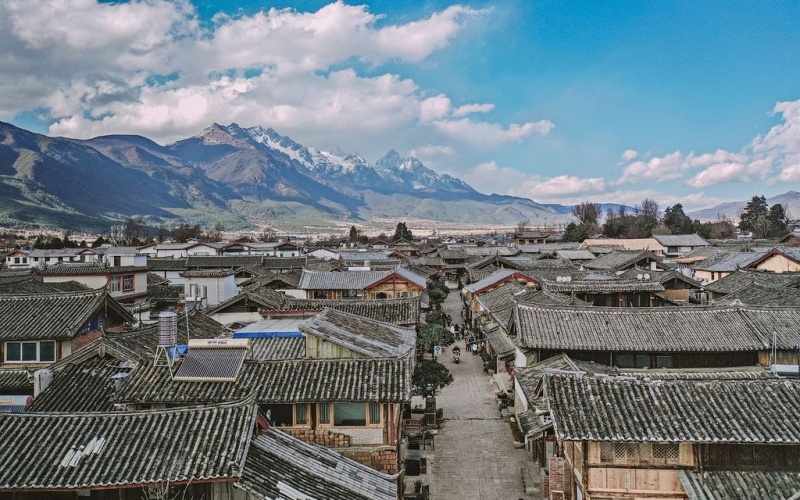
Some people say that Baisha was Lijiang ten years ago. There is only one old commercial street here, and many Naxi courtyards owned by locals, preserving the original appearance of the ancient town. Moreover, looking up, you can see the Jade Dragon Snow Mountain.
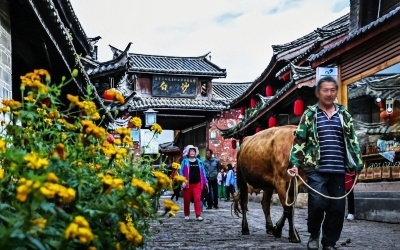
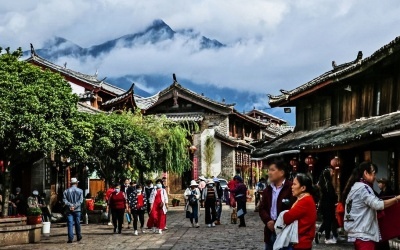
The small shops selling souvenirs mainly sell two types of things: tie dye and various counterfeit antiques. In addition, there are also some cafes and snack shops. Compared to the commercial atmosphere of Dayan Ancient City and Shuhe Ancient City, Baisha Ancient Town is not as quiet. It is a relatively quiet place.
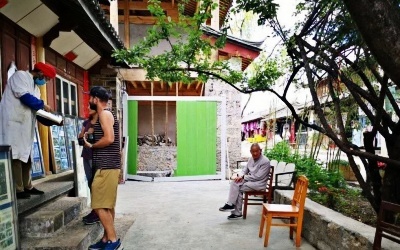
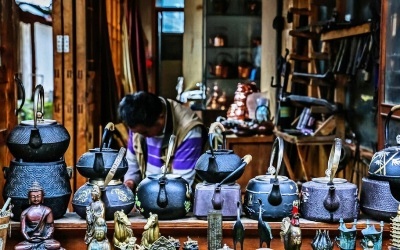
Interestingly, although the streets here are relatively old, almost all the doors and windows on the street have stylish English signs, and some shops can still do business with foreign tourists in English. This is because most of the tourists who came to Baisha in the past were foreigners who preferred the ancient and primitive Naxi customs here, and the locals also learned foreign languages as a result.
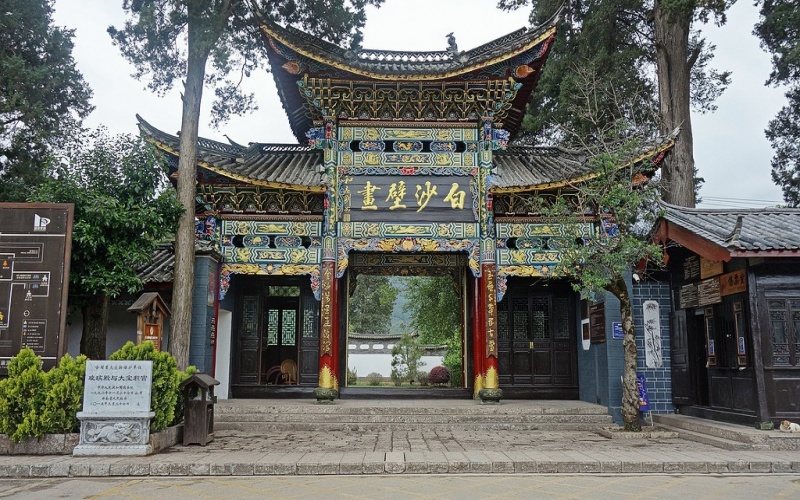
Baisha Ancient Town is famous for its Baisha Murals. There are currently 558 murals here, all of which are very precious cultural relics. All murals were painted over a period of more than 300 years from the early Ming Dynasty to the early Qing Dynasty.
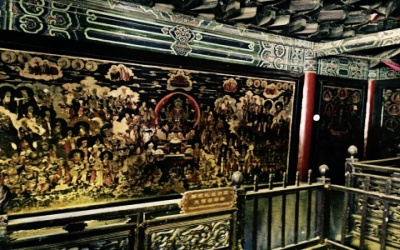
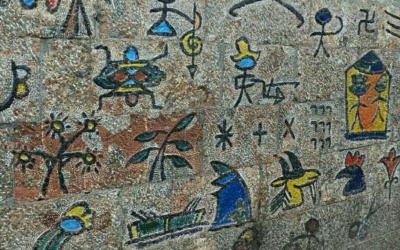
The style of Baisha murals integrates Han, Tibetan, and Naxi cultures, depicting stories of Tibetan Buddhism, Dongba religion, Confucianism, Taoism, and others.
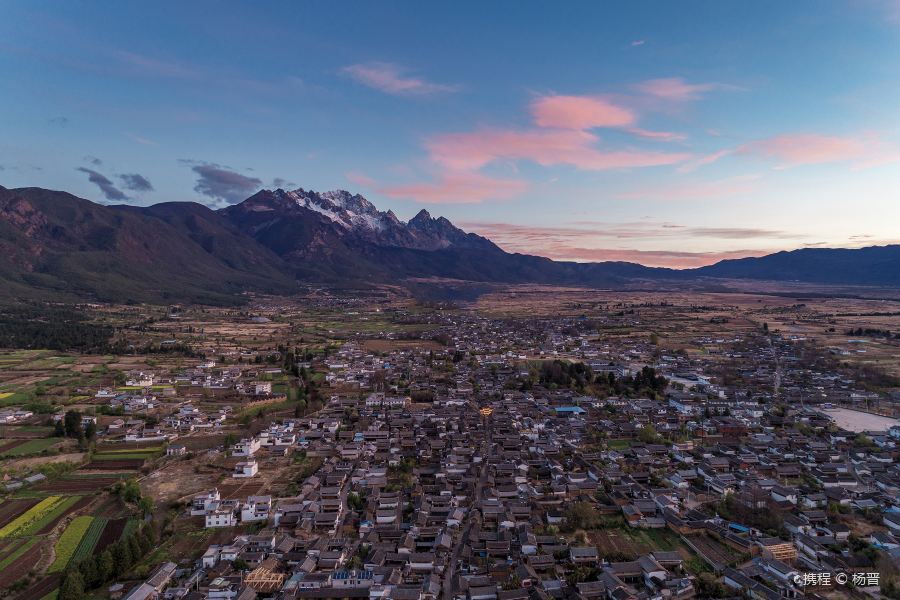
The themes involved in the Baisha murals are quite extensive, depicting natural scenery such as galloping horses, blooming lotus flowers, mountains, forests, fields, flowers, birds, grass, and insects, which have great ornamental value.
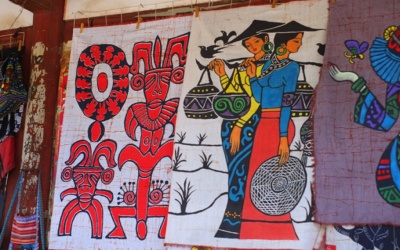
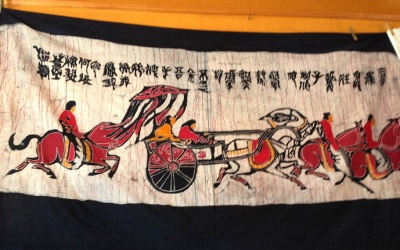
In addition to watching the Baisha murals, most people who come to Baisha Ancient Town are for the cleanliness here. Tourists can sit and drink tea in small shops on the street, stroll around slowly, and chat with local grandmothers in languages they understand or do not understand, making people feel relaxed and leisurely.
Travel Tips
Add: Baisha Villa, Lijiang City, Yunnan Province
Opening Hours: 08:00-20:00
Entrance Fees: CNY 30
